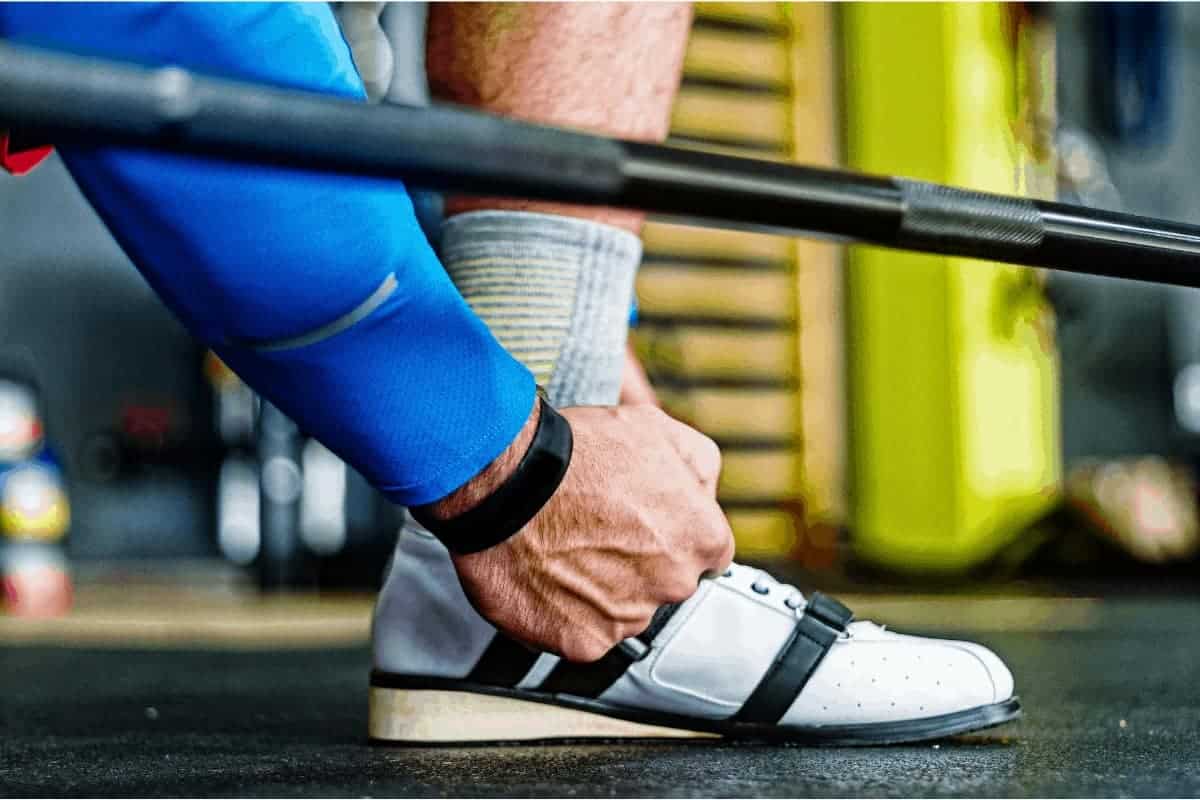
Weightlifting shoes are an essential piece of equipment for serious weightlifters and strength trainers. They provide stability, support, and improved performance during weightlifting exercises. However, with a wide array of options available, selecting the right weightlifting shoes can be a daunting task. In this article, we will discuss the key factors to consider when choosing weightlifting shoes and provide recommendations for the top options on the market.
Factors to Consider:
1. Stability and Support:
Weightlifting shoes should offer excellent stability and support to promote proper form and prevent injuries. Look for shoes with a solid and non-compressible sole that provides a stable base for lifting heavy weights. An elevated heel can also aid in maintaining an upright posture during squats and other exercises.
2. Sole:
The sole of weightlifting shoes should be made of a durable and grippy material to ensure traction and prevent slipping during lifts. A flat and firm sole with minimal cushioning allows for a better transfer of force from the feet to the ground.
3. Heel Height:
Weightlifting shoes typically have an elevated heel, which helps improve ankle mobility, squat depth, and overall lifting performance. The ideal heel height depends on individual preferences, body type, and the type of lifts performed. Generally, weightlifting shoes have heel heights ranging from 0.6 inches to 1.3 inches.
4. Fit and Comfort:
A proper fit is crucial for weightlifting shoes. They should provide a snug and secure fit without any excessive movement or discomfort. Look for shoes with a wide toe box to allow for proper toe splay and avoid constriction. Additionally, consider features such as breathability and padding for enhanced comfort during long training sessions.
5. Durability:
Weightlifting shoes should be built to withstand the rigors of intense training. Look for shoes made from high-quality materials that can endure heavy use without showing signs of wear and tear. Reinforced stitching and durable straps or laces are also important for long-lasting performance.
Top Recommendations:
1. Nike Romaleos 4:
The Nike Romaleos 4 is a popular choice among weightlifters, offering exceptional stability, a solid sole with a 0.75-inch heel, and a lockdown strap for a secure fit.
2. Adidas Adipower:
The Adidas Adipower weightlifting shoes feature a supportive TPU heel, a firm and grippy sole, and a 0.75-inch heel height. They provide a comfortable fit and excellent stability.
3. Reebok Legacy Lifter II:
The Reebok Legacy Lifter II offers a stable platform, a TPU heel for additional support, and a 0.75-inch heel height. They are known for their durability and customizable fit.
4. Inov-8 FastLift 335:
The Inov-8 FastLift 335 combines stability, flexibility, and a 0.65-inch heel height. They are lightweight, breathable, and suitable for a variety of lifting exercises.
5. Adidas Powerlift 4:
The Adidas Powerlift 4 is a budget-friendly option that provides stability, a 0.6-inch heel height, and a wide toe box for comfort. They are ideal for beginners or those on a tight budget.
Choosing the right weightlifting shoes is essential for optimizing your performance and reducing the risk of injuries during weightlifting exercises. Consider factors such as stability, sole construction, heel height, fit and comfort, and durability when making your selection. The Nike Romaleos 4, Adidas Adipower, Reebok Legacy Lifter II, Inov-8 FastLift 335, and Adidas Powerlift 4 are among the top recommendations that offer a combination of performance, quality, and value. Remember to try on different options and assess how they feel during lifts to find the perfect weightlifting shoes for your needs. Elevate your lifting game with the right pair of weightlifting shoes!
